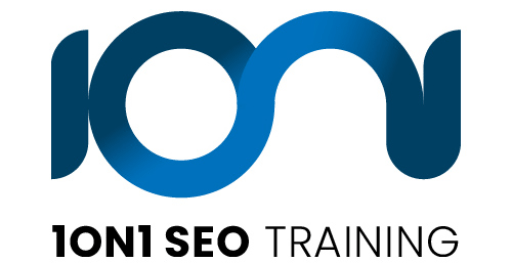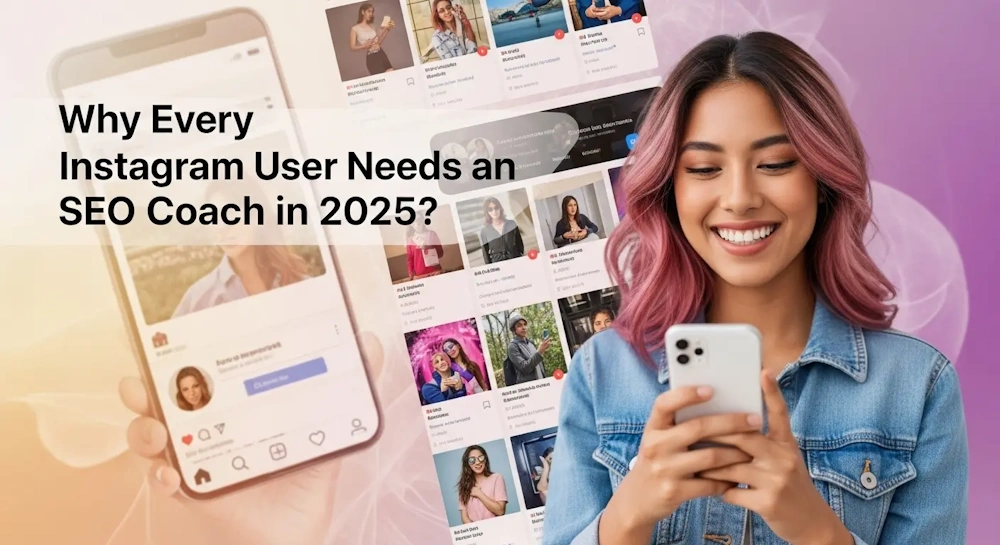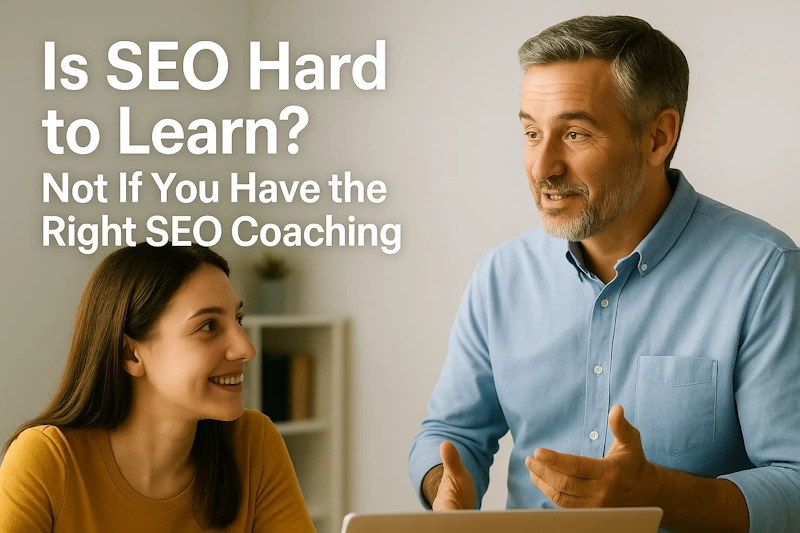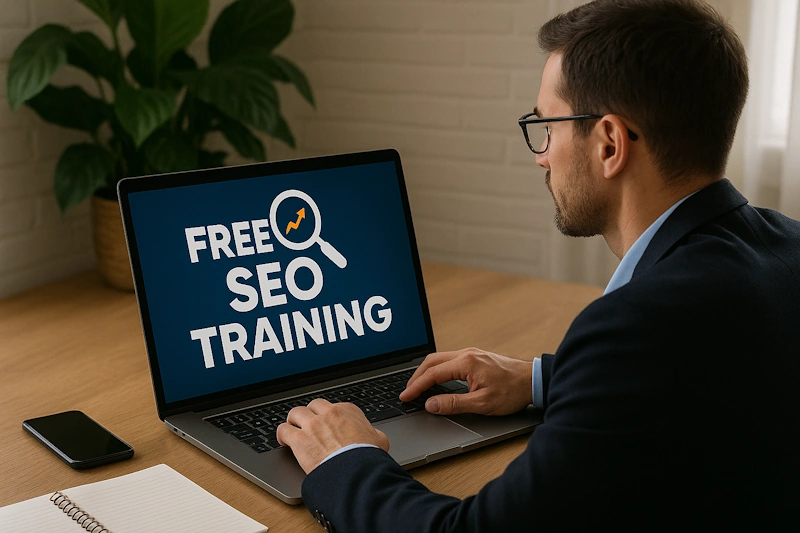How does your website bounce rate help or hurt your SEO? Lets hear what our SEO tutor says about bounce rate.
Bounce rate is a big problem for businesses and their websites, who lose customers because they cant keep them on the website long enough to convert into a lead.
When learning how to do SEO for your business in our search engine optimization classes, you will be taught the importance of tracking the visits your website gets. As your inbound marketing strategy improves, you will surely see your ranking also improving and consequently many more website visits. However, sometimes those visits don’t translate to new customers or even leads, and that is a major issue.
As you look into your Google Analytics, you may see that your website visitors do not stay long, do not continue to more pages or to filling out any forms, and essentially abandon any consideration of your company. This may seem puzzling, considering you have been investing time and money into improving your digital marketing strategy through things like search engine optimization and web design. SEO is meant to get clicks onto your website, and if done effectively, it will. But, your website itself may have some major issues which are causing potential clients to abandon ship.
What is a High Bounce Rate?
Bounce rate measures how much time a visitor spends on your website page. The longer the person stays on your page, the better, because it can translate to higher conversion rates. When they don’t spend as much time, it means you end up with a high bounce rate and – you guessed it – fewer conversions. A high bounce rate is a problem that no one in the SEO world wants to hear. No matter how high your ranking is on Google, if your bounce rate is high then you will not actually be making money from all of those clicks you get at the top of the search results list. Anything higher than about 60% is a high bounce rate and should be looked at. Each page and each traffic source will be different and there are lots of factors that effect the bounce rate.
Thankfully, there are ways to counteract bounce rate problems and increase the amount of time visitors stay on your pages. Let’s start with a few SEO tips for high bounce rates that you can try on your own website.
Boost Your Page Load Speed
When it comes to how well your pages perform, load speed is extremely critical. Actually, 40% of consumers abandon a page if it takes more than 3 seconds to load. This means that to keep customers, you need your page to load in 2 seconds or less. While load speed may not seem like a huge deal, it can really make a difference. For a company making $100,000 per day, a 1 second page delay could potentially cost them $2.5 million in lost sales every year.
If your website is slow to load, it is likely contributing to your high bounce rates. Ways to fix this including how many pages your website is and how optimized they are, the amount of images and their size, whether or not your pages use custom fonts, if you have sliders/script effects/ other that could cause the delay, and of course looking into the hosting service of your website. As part of the optimization process we'll cover these topics after we run a website speed test at GTmetrix or Google Page Speed Insights and don't get a good score.
Get Rid of Those Nasty Pop-Up Ads and Offers
It is hard enough to get someone to click the link to your web page and get onto your site, why would you want to intervene in the process with annoying pop up ads and newsletter signup offers? Intrusive advertising increases bounce rates, because Internet browsers are put off by the appearance of ads. Rather than click away from them and continue on your website, they would rather click away from your business’ website altogether. Ads get in the way of the content your visitors expect to find, so you can bet they’ll leave just as quickly as they came. There are other ways to advertise on your page, but pop-ups should not be one of them. Plus, Google says they’re bad for SEO.
Some find this hard to understand as they argue that their pop-ups have discounts or special offers. Regardless of whether these offers appear in the form of a pop-up or other, these need not be introduced immediately upon arrival to your website. Ideally, they will appear later once the potential customer has begun to gain interest and invest time into researching your brand. Many times when I'm hit with those I'm thinking, dude I don't even know what your website is about yet and you are already trying to get me to sign up for your newsletter? I think not, I think I'll just do another Google search to find a better answer to my query. I'm sure most people feel the same way.
Focus on Creating Simple Content and Calls to Action
Again, similar to the point on pop-ups, you have likely put a lot of work to get in the face of the Internet user. The goal is to deliver an online experience that is as simple and appealing for the user as possible. With too many images, content, and options, visitors have a hard time identifying the most important content and taking the logical next step, such as checking package options or contacting you.
Are your images distracting from the page content, or are they helping to support the message? Does the information on the page encourage visitors to keep scrolling, or does it stop them in their tracks? Is the page progression logical, and will it make visitors want to heed your call to action?
These are all important questions to ask if you experience high bounce rate problems on your website. The general rule of thumb is to keep it simple and keep it moving.
Make your Website Worthy Of Exploring Further
At the end of the day, every website will experience bounce rates on their pages, as it is only natural. However, the goal is to minimize these rates to ensure that you are hooking all of the relevant potential customers you can have. These are just a few SEO tips that can solve your issues, but there are many other technical aspects you may need to consider. Above all, your pages need to be “worth it” in the eyes of your customers. If you have a good brand, a good website, and good SEO, it should be easy to maintain lower bounce rates once you have an understanding of the technical aspects involved. Luckily, this is something that you can pick up from our SEO training classes, and continue implementing on your own from work or at home after your SEO classes are over.




